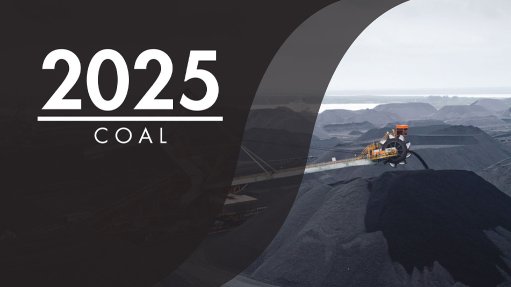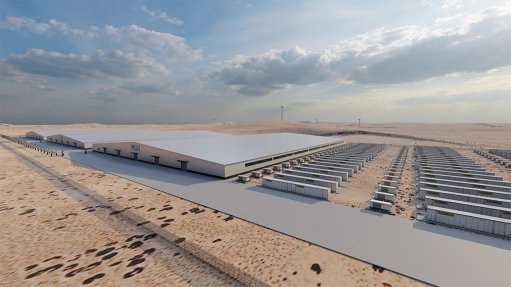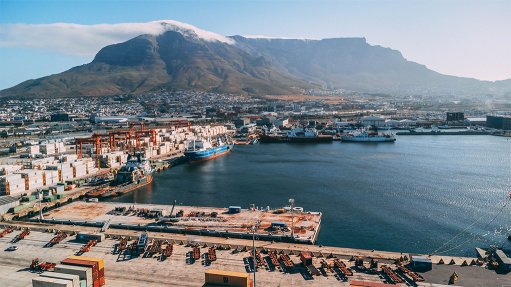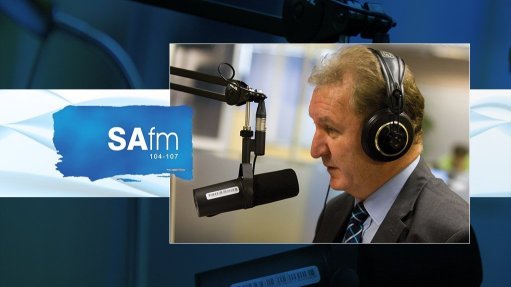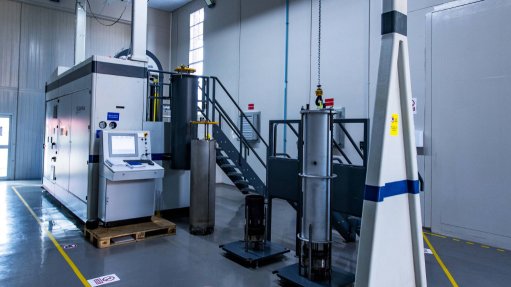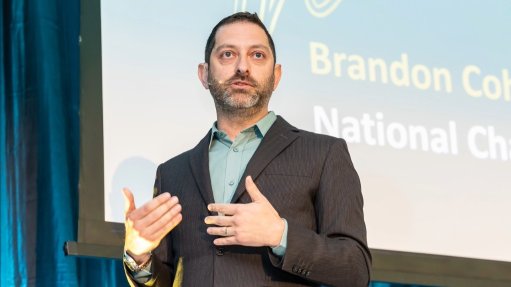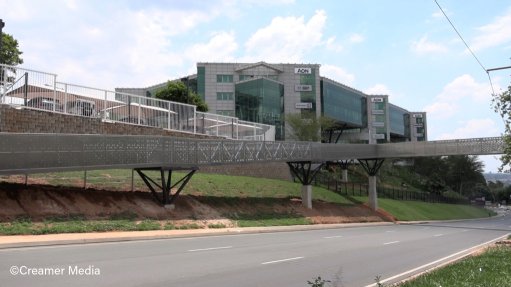CSIR finds radar the most cost-effective technology to protect railways
Radar was found to be the most cost-effective technology to deploy to protect rail infrastructure, in the 'Open Infrastructure Security: Security Technologies and Evaluations' study conducted by the Council for Scientific and Industrial Research (CSIR) on behalf of State-owned rail agency Transnet.
During a railway safety and security industry stakeholder engagement event at the Transnet School of Rail, in Esselenpark, in Ekurhuleni, on October 30, CSIR principal engineer and study lead Dr Duarte Goncalves detailed how the 550 km of rail network could be covered by 35 sets of radar systems.
The solution involved deploying pairs of radar systems at opposite ends to cover 4 km by 16 km segments of the rail reserve. The radar-based system could also provide intrusion-detection in all weather conditions.
The CSIR had studied a set of three security technologies, namely radar, distributed acoustic systems and drone surveillance, with the aim of identifying the initial strategic decision on a technology direction for Transnet.
The proposed radar-based solution actually included the use of drones, specifically once an incident or intrusion had been identified, to provide direct support in the terminal phase of incident responses.
“Drones cannot operate in all weather conditions and, because they would effectively perform sweeps of the infrastructure, they would potentially miss some incidents.
“However, drones are very valuable to provide real-time operational intelligence to teams on the ground, once an intrusion has been identified,” he told attendees.
Additionally, while distributed acoustic systems could also function in all weather conditions, their detection range was too low to provide sufficient time for effective response by security teams, hence the proposal to deploy radar-based systems, he noted.
South Africa has extensive experience with radar technology. Radar-based systems have been deployed in nature reserves and have been proven to be effective in combating poaching.
The proposed system for Transnet would involve 70 radar systems in a suite of 35 segments that could be mounted within the rail servitude to provide 24-hour monitoring capabilities.
The width of the detection zone provides sufficient time for the 77 sets of security response teams, typically three-person teams, positioned strategically along the railways to respond to a detected intrusion, with real-time information provided by drone surveillance.
Such a radar-based surveillance system could also provide surveillance over infrastructure along the railways, such as relay rooms and signalling equipment, and could also provide surveillance over the radar systems themselves, if they were arranged in a cascade, he noted.
The value of the risk of the 550 km of railway lines was estimated at R1-billion, but the cost to rebuild the infrastructure was around R11-billion, he said.
The proposed solution to use radar-based detection supported by drone surveillance and pre-positioned security teams would cost about R414-million, of which the cost of security measures would cost about R191-million.
However, the cost-effectiveness rate of the solution was estimated at around 291%, meaning it would save costs that were being incurred owing to damage, delays or loss. The radar-based system's estimated security effectiveness, meaning the average rate at which a crime would be prevented before there was damage or loss, was 74.7%, said Goncalves.
Meanwhile, a radar-based system would also provide situational awareness by detecting when vehicles or animals were approaching the rail reserve.
Such a system could also provide additional safety benefits from this heightened situational awareness, he added.
Further, Goncalves said a radar-based system would lead to some changes in the control room, although these were also owing to changing surveillance technology systems.
A radar-based surveillance system would be displayed more like a map, compared to the current typical video-based surveillance, and, similar to solutions used for video feeds, the system would use AI-based systems to detect anomalies within the detection zone that would trigger alerts, he said.
Additional changes that had been proposed included providing security teams with information terminals that would reduce the errors that may occur from using only voice-based communications during security responses, said Goncalves.
Further, as part of the study the CSIR also developed a security operations control centre concept for Transnet in which the control room moved from being mainly video-based to using more information-based views of the rail reserves.
The concept was to use AI for anomaly detection and then have operators confirm the threat and then use response teams to monitor and then confront the threat before damage or loss was incurred but once intent had been established.
Article Enquiry
Email Article
Save Article
Feedback
To advertise email advertising@creamermedia.co.za or click here
Comments
Press Office
Announcements
What's On
Subscribe to improve your user experience...
Option 1 (equivalent of R125 a month):
Receive a weekly copy of Creamer Media's Engineering News & Mining Weekly magazine
(print copy for those in South Africa and e-magazine for those outside of South Africa)
Receive daily email newsletters
Access to full search results
Access archive of magazine back copies
Access to Projects in Progress
Access to ONE Research Report of your choice in PDF format
Option 2 (equivalent of R375 a month):
All benefits from Option 1
PLUS
Access to Creamer Media's Research Channel Africa for ALL Research Reports, in PDF format, on various industrial and mining sectors
including Electricity; Water; Energy Transition; Hydrogen; Roads, Rail and Ports; Coal; Gold; Platinum; Battery Metals; etc.
Already a subscriber?
Forgotten your password?
Receive weekly copy of Creamer Media's Engineering News & Mining Weekly magazine (print copy for those in South Africa and e-magazine for those outside of South Africa)
➕
Recieve daily email newsletters
➕
Access to full search results
➕
Access archive of magazine back copies
➕
Access to Projects in Progress
➕
Access to ONE Research Report of your choice in PDF format
RESEARCH CHANNEL AFRICA
R4500 (equivalent of R375 a month)
SUBSCRIBEAll benefits from Option 1
➕
Access to Creamer Media's Research Channel Africa for ALL Research Reports on various industrial and mining sectors, in PDF format, including on:
Electricity
➕
Water
➕
Energy Transition
➕
Hydrogen
➕
Roads, Rail and Ports
➕
Coal
➕
Gold
➕
Platinum
➕
Battery Metals
➕
etc.
Receive all benefits from Option 1 or Option 2 delivered to numerous people at your company
➕
Multiple User names and Passwords for simultaneous log-ins
➕
Intranet integration access to all in your organisation








